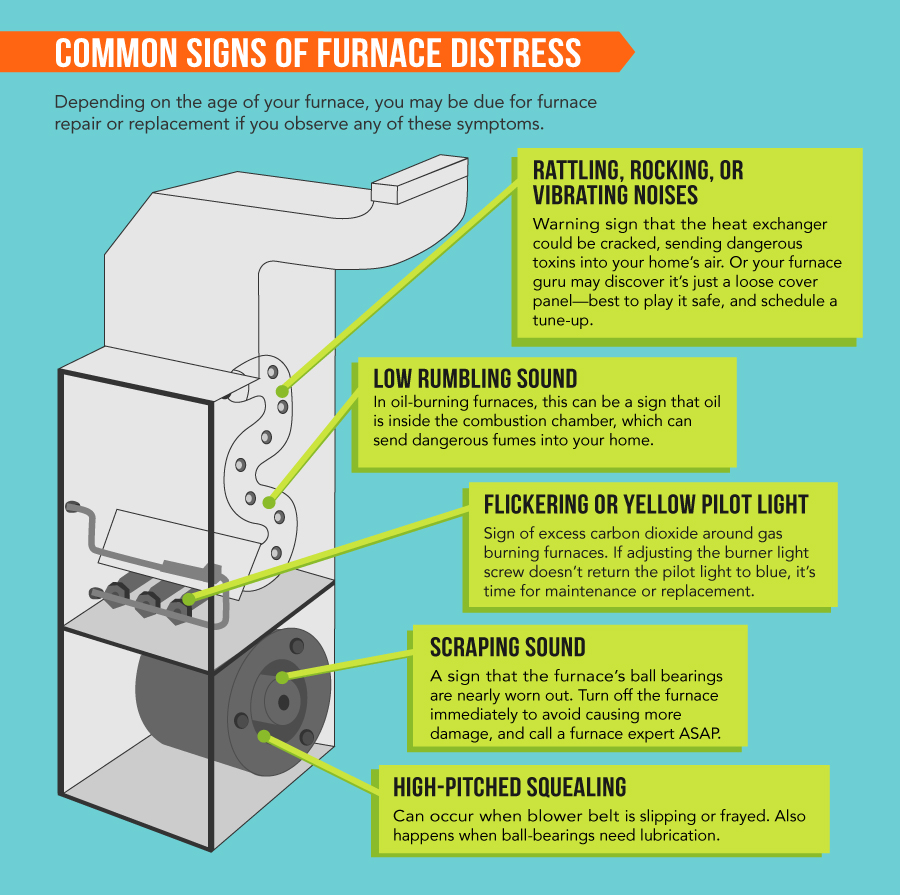Is My Roof Furnace Gas Or Electric

These systems combine both heating and cooling capabilities eliminating the need for a separate furnace indoors.
Is my roof furnace gas or electric. Both oil and propane require fuel storage tanks that are expensive to install and maintain. This allows your furnace to get more heat out of the gas that it consumes. Should my furnace flue pipe go through the roof or the side of the house. Gas powered systems use a heat exchanger and burner to produce heat while electric powered systems use an electric element similar to an electric radiator.
This is mostly due to the simplicity of the design. Packaged units may be either electric or gas and combine all system components into one cabinet which is typically found on a slab next to your home or on the roof. Natural gas is the most popular fuel but the required piping infrastructure is not available in all areas of the country. In many cases furnace selection is largely dependent on fuel availability.
Gas furnaces are not necessarily noisy but they do make a loud rushing sound at the time that they start up and the burner ignites. There are fewer moving parts no vents and no burner. This makes for a quieter furnace overall. Both systems use a fan to force air through the heat exchanger or electric element which heats up as it passes through.
An electric furnace is generally quieter than a gas furnace. Or this pipe could also be a 2 4 inch white pvc pipe. Gas furnaces are not always more efficient than heat pumps however. Gas is cheaper than electricity in most cases which makes furnaces more cost effective than electric heat pumps in areas that experience colder temperatures.
You can use a couple of methods. This is the exha. A gas furnace will have either a 3 6 inch sheet metal pipe protruding from the top of the furnace moving at an angle into the wall or ceiling.














































